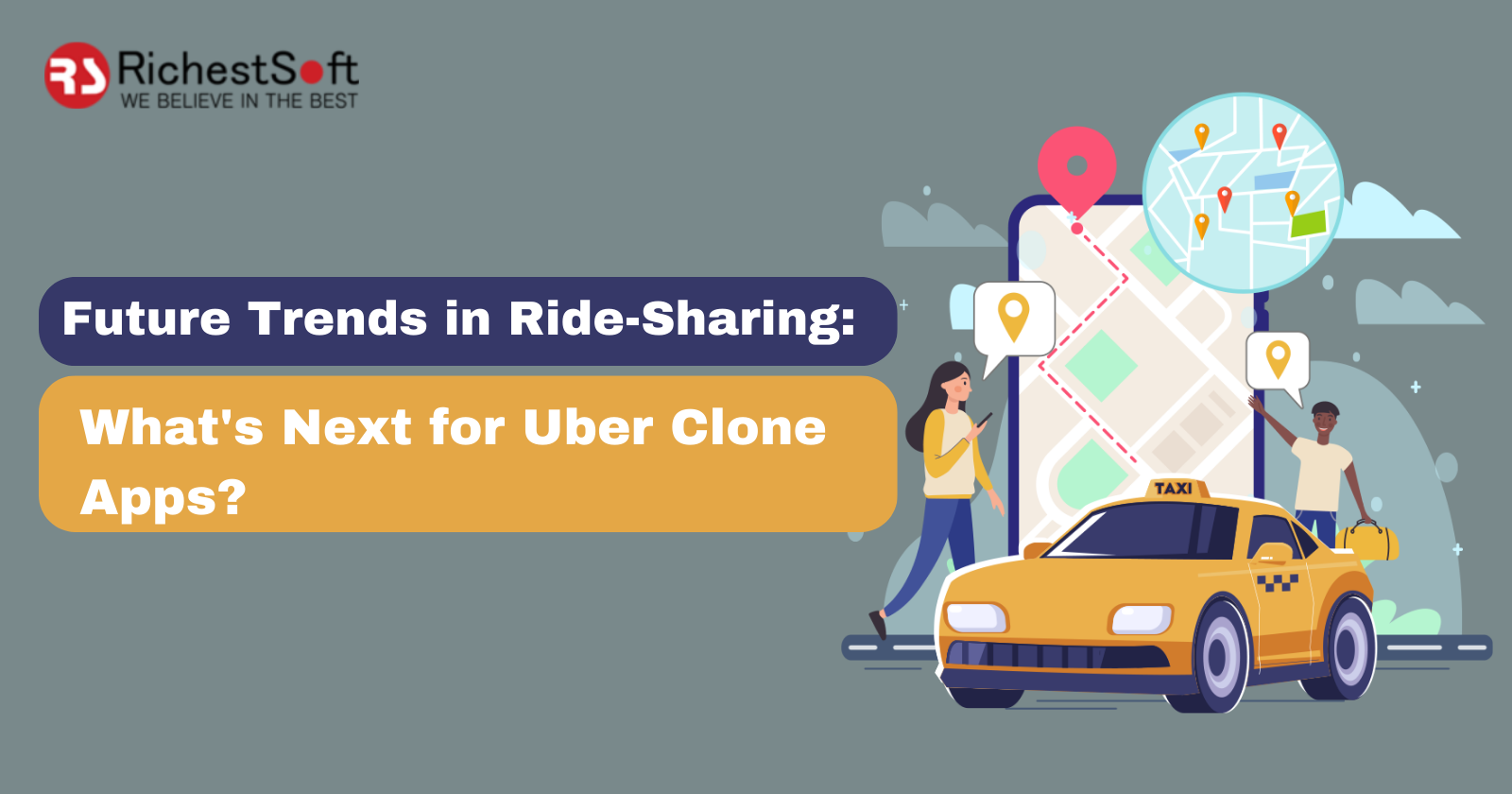Since its beginnings, the ride-sharing sector has been on a steady developmental path, and it shows no indications of slowing down. Uber and its competitors have changed the way we think about transportation, and as technology advances, the future of ride-sharing, particularly in the context of Uber clone app, is promising and full of intriguing possibilities.
Here are some key trends that are likely to shape the future of ride-sharing and Uber clone apps:
1. Electric and autonomous vehicles:
The transition to electrified and autonomous vehicles is inevitable. Ride-hailing companies are increasingly using electric vehicles to lessen their carbon footprint. Uber, for example, plans to have an all-electric fleet in the United States and Europe by 2030. Furthermore, autonomous vehicles are being created and tested, which could potentially cut the cost of rides and make them more generally available.
2. Multimodal Transport:
The future of ride-sharing isn’t just about cars. It’s about effortlessly integrating diverse kinds of transportation. Uber, for example, already includes options for bike-sharing, scooter-sharing, and public transportation information within its app. Uber clone applications are likely to follow suit, providing customers with more options for going from point A to point B.
3. Sustainability and Green Initiatives:
Environmental concerns are putting pressure on ride-sharing companies to adopt more sustainable operations. Many are providing environmentally friendly ride options, such as electric or hybrid vehicles. Uber clone apps that prioritize sustainability are expected to gain traction in the market.
4. Enhanced Safety Measures:
Safety has always been a primary priority in ride-sharing and will continue to be so. Future Uber clone apps will almost certainly have additional safety measures such as real-time driver monitoring, in-app emergency buttons, and enhanced background checks for drivers.
5. Personalization and Loyalty Programs:
Ride-sharing companies are emphasizing personalization to keep customers. This includes personalized transportation recommendations, personalized promotions, and loyalty programs. To remain competitive, Uber clone applications will need to follow similar techniques.
6. Integration with Smart Cities:
As cities become smarter, ride-sharing applications will play a role in urban planning and transportation management. Integrating with smart city infrastructure, such as traffic signals and parking systems, will assist optimize routes and alleviate congestion.
7. Expansion into Emerging Markets:
Ride-hailing companies are increasingly aiming to expand into emerging economies, where there is enormous development potential. Uber clone apps can enter these markets by providing localized solutions and recognizing the specific needs of each country.
8. Improved User Experience:
The user experience will continue to be a significant aspect in the success of ride-sharing apps. This includes speedier booking processes, more convenient payment methods, and more transparent pricing systems. Future Uber clone apps must prioritize an easy and seamless user journey.
Conclusion
In conclusion, the future of ride-sharing, including Uber clone apps, is bright and full of potential. The ride-sharing sector will adapt and develop as technology advances and consumer preferences shift. Keeping up with current trends and adopting new technology will be critical for the success of Uber clone app in the ever-changing transportation sector. Whether it’s through electric and driverless vehicles, ecological initiatives, or increased safety measures, the ride-sharing revolution is far from done.

